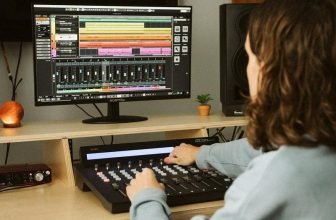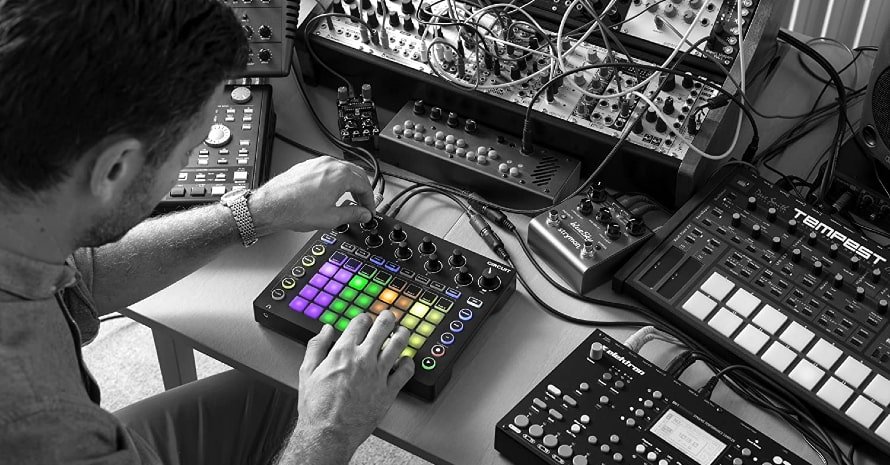How to Use a Drum Machine? – TECHNIQUES AND TRICKS

To use a drum machine, you will need to connect it to a power source and an amplifier. Then, you will need to choose the drum sounds you want to use. Once you have chosen your drum sounds, you will need to program the drum machine to play the patterns you want.
A drum machine is a device that creates electronic percussion sounds. These sounds are then used to provide rhythm or percussion for a song or piece of music. Drum machines typically have a variety of different drum sounds that can be selected, and they also allow the user to create their own drum patterns. Some drum machines also include other features such as a metronome, phrase looping, and effects.
Drum Machines Are Different
Contents
- by type of synthesis (analog, beat sampler, analog-modeling, hybrid, and so on), by synchronization interfaces (MIDI, Gate, DIN Sync, and others);
- the presence or absence of pads (finger-operated buttons);
- by design (rack-mounted, desktop), by the number of individual outputs (some play all the parts through the main outputs only, others have separate outputs for each sound);
- and by price (from the cheapest, $200, to very expensive, $3,000 and more).
What makes these instruments so good? Very simple. Their entire interface and controls are tuned for one thing: creating drum parts. Working with them is really easy.
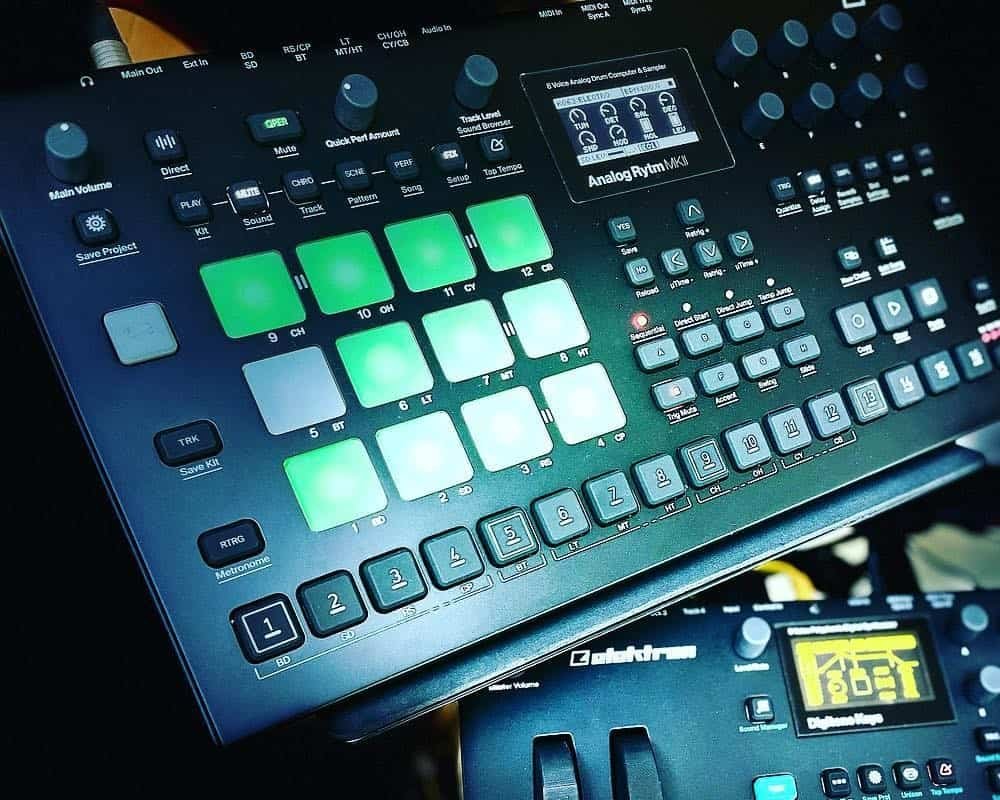
The drum machine unlike samplers, you don’t need to buy a bunch of peripherals: just plug them in and play. Most often, drum machines have very good timing, which provides a smooth sound and the correct groove (of course, with the proper handling and skills of the arranger).
In most cases, producers provide such instruments with a very large number of individual outputs, which makes it possible to work on complex parts.
Sooner or later most people start asking how they can get a good drum sound. Find a drum machine that meets your needs, and this question will resolve itself.
Sequencer with Percussion Sounds
A sequencer is a device used to create and record music. Sequencers can be used to create and record any type of music, but they are most commonly used to create electronic music.
There are many different types of sequencers, but they all share some basic features. All sequencers have a way to input notes or other data, a way to store that data, and a way to play back the data.
Some sequencers also have built-in instruments, which can be used to create music without any other instruments. These sequencers are often called drum machines or groove boxes.
Drum machines and groove boxes usually have a limited number of sounds that they can create, but they are often very good at creating percussion sounds. This makes them ideal for creating dance music, hip-hop, and other types of music that rely heavily on drums and other percussion instruments.
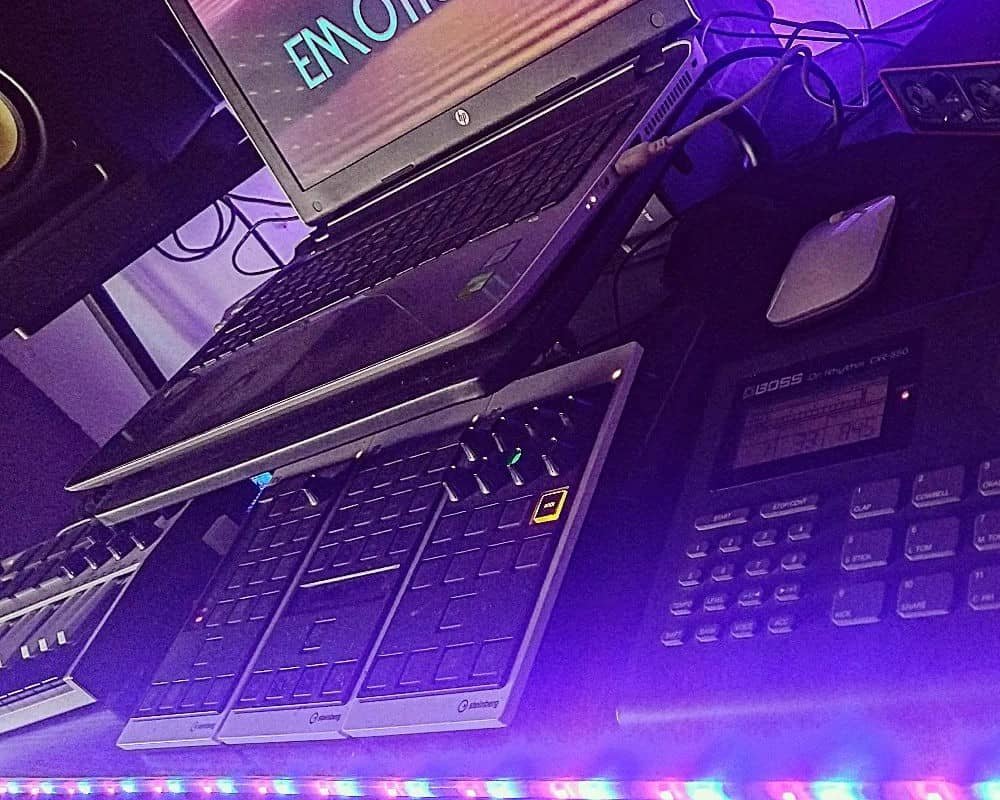
If you are looking for a sequencer that can create a wide variety of sounds, then you will want a more full-featured sequencer. These sequencers usually have a larger number of sounds that they can create, and they often have more advanced features, such as the ability to create your own sounds.
Whatever type of sequencer you choose, you will be able to create some amazing music with it.
How to Use Drum Machines? STEP-BY-STEP DIY GUIDE
Using a drum machine can help add a consistent beat to your music. You can use these machines to create your own unique rhythms, or you can use them to copy the beats of your favorite songs.
Drum machines can be a great tool for any musician, but they can be especially helpful for those who are just starting out. Here is a guide on how to use a drum machine:
1. Choose the right drum machine. There are many different types and brands of drum machines on the market. Do some research to find the one that will best suit your needs.
2. Connect the machine to your computer or other devices. Most drum machines will need to be connected to an external power source and an audio input/output device.
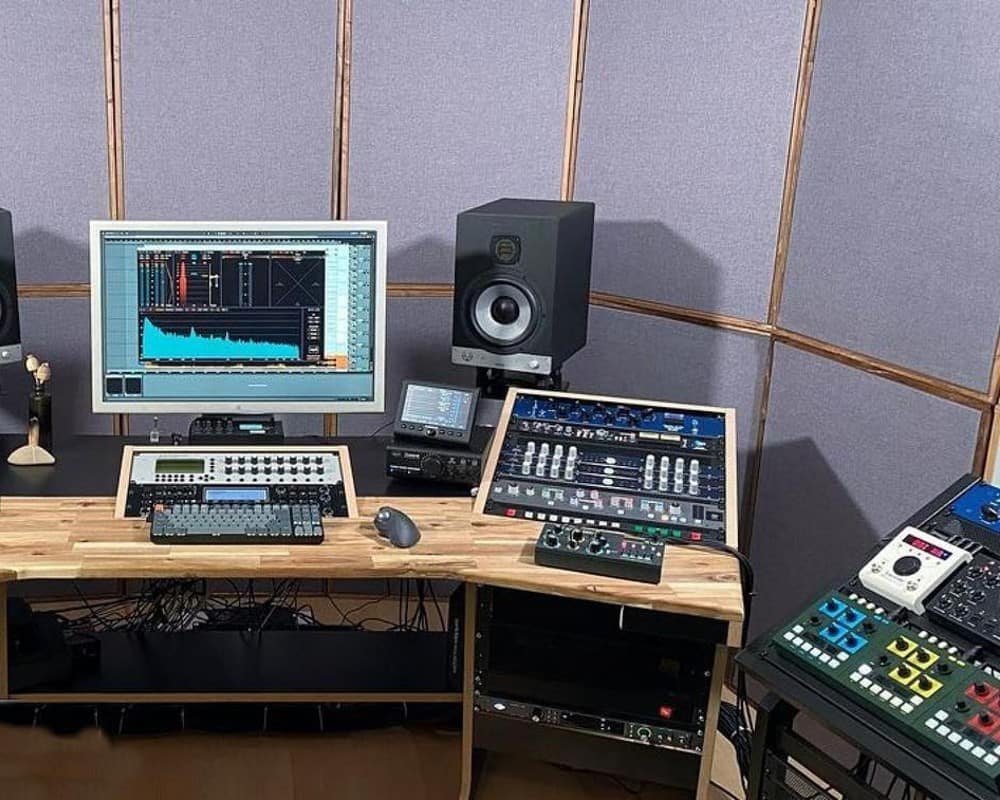
3. Load the machine with sounds. Drum machines typically come with a library of sounds that you can choose from. Many machines also allow you to load your own sounds.
4. Select a pattern. Drum machines usually have a variety of preset patterns that you can select from. You can also create your own patterns.
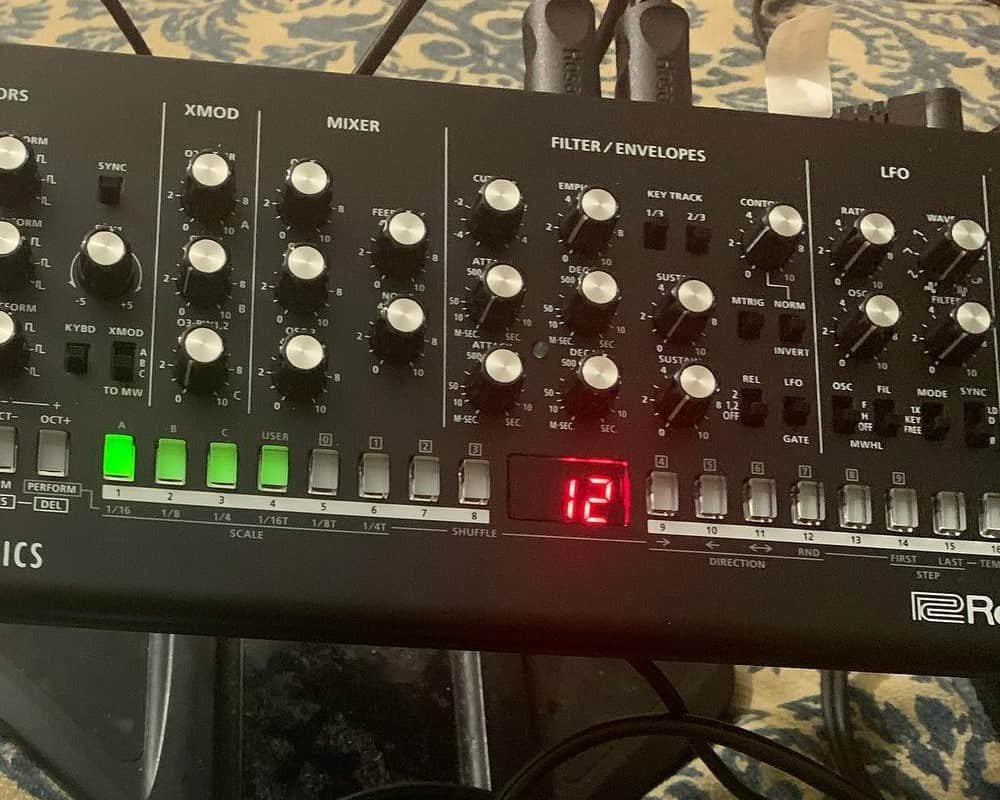
5. Adjust the tempo. Drum machines typically have a tempo range of 30-300 BPM (beats per minute).
6. Play the machine. Experiment with different sounds and patterns to create the perfect beat for your song.
Frequently Asked Questions
Answers to frequently asked questions.
What is a basic drum machine?
A basic drum machine is a device that creates drum sounds. These devices can be used to create drumbeats or to provide accompaniment for other instruments.
How can I make my drum machine sound better?
There is no definitive answer to this question. Some people may suggest adding or changing drum sounds, while others may recommend adjusting the machine’s settings. Ultimately, it is up to the user to experiment with different techniques and find what works best for them.
Is a drum machine a synthesizer?
A drum machine is a type of synthesizer typically used a drum machine to create drum and percussion sounds.
What is a drum machine good for?
A drum machine is good for creating a drum track for a song.
What is an analog drum machine kit?
A drum machine is an electronic musical instrument that creates percussion sounds, typically by emulating the sound of drums, cymbals, or other percussion instruments. Analog drum machine kits typically include a variety of different percussion sounds that can be mixed and matched to create unique rhythms.
Do drum machines have speakers?
No, most drum machines do not have speakers. Some higher-end machines may have them built in, but most do not. You will need to connect the drum machine to an amplifier or PA system in order to hear the sound.
How do you practice with a drum machine?
To practice with a drum machine, you will need to create a beat or rhythm that you can play along with. You can do this by programming the drum machine to play a specific pattern, or by using the built-in metronome to keep time.
Once you have a beat that you are happy with, you can then start to play your instrument along with it. It is important to remember to keep your playing time with the drum machine, as this will help you to develop a good sense of rhythm.
Can a drum machine replace a drummer?
No. A drum machine cannot fully replace a drummer.
How can I make my drum machine sound better?
There is no definitive answer to this question. Some people may suggest adding or changing drum sounds, while others may recommend adjusting the machine’s settings. Ultimately, it is up to the user to experiment with different techniques and find what works best for them.
Also read:
Conclusion
Drum machines are instruments originally created to imitate live drums. Later they grew into an independent class of instruments. Many musicians have mastered playing with fingers on drum machines, and, it must be said, they have succeeded in it.
For a long time, the developers of these instruments have not been trying to make their sounds closer to real drums, but they have been trying to give sound designers more opportunities to create unique sounds and rhythms. Every drum track manufacturer tries to meet the customer’s needs as much as possible.
Many drum machines have become iconic instruments, and electronic players often shell out huge sums of money for the sake of some special sound.
I hope this article helped you to understand drum machines and set up your particular machine.
If you still have questions about setting up the drum machines, you can ask them in the comments section.

